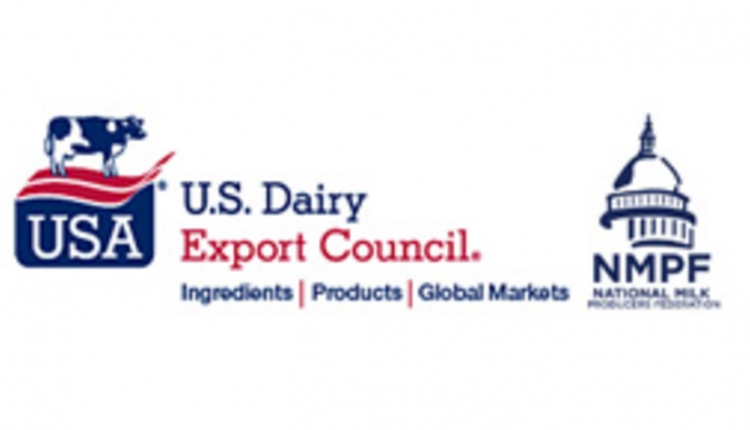
What makes a good-tasting cheese?
That can be a loaded question because every consumer has their own preferences, palette, and opinions on what characteristics make them want to enjoy a food, especially one that can be as diverse as cheese. To make and sell cheese that consumers want to purchase, manufacturers have to know what they are looking for, and that’s just as true internationally as it is for domestic shoppers.
The U.S. Dairy Export Council (USDEC) worked to dig into this information last year to make sure American dairy product manufacturers have the information they need to make items that will be desirable to foreign markets. Studies they do around the world every year show that taste is the most considered factor when consumers make cheese purchasing decisions, but they wanted to know what those tastes are in other parts of the world. “What tastes good to you and I might be very different than what tastes good to consumers in South Korea or Saudi Arabia,” explained Megan Sheets on the September 14 Hoard’s Dairyman DairyLivestream.
Sheets, senior director for strategic development and insights for USDEC, described that in their research, consumers around the globe were taste-testing cheese and describing what attributes they liked and didn’t like about the products. The detailed findings reflect cultural differences and perceptions that vary from place to place, affecting purchasing decisions.
“In South Korea, for instance, color really matters with cheese. White cheese is perceived to be fresh, and fresh was the most important attribute for consumers when choosing any cheese,” Sheets said.
“Milk profile was really important in this market too, which is very different from what we saw come through in Saudi Arabia, where we saw more processed cheese,” she continued. “They prefer mild cheese, and it wasn’t quite as important to have that milk-forward profile.”
South Korea and Saudi Arabia both lie in regions of the world that are of particular opportunity for U.S. dairy trade, and recognizing these different tastes could spur product innovation for these markets in the future. More importantly, though, Sheets said the insights will allow U.S. manufacturers to customize the marketing and messaging of products they already make to what consumers are most interested in seeing.
More value
In addition to reaching foreign customers through their tastebuds, Sheets also touched on what messaging attributes dairy manufacturers can focus on to resonate with consumers. Really, they will sound familiar because American shoppers are increasingly looking for the same things: nutrition and wellness, sustainability, and healthier indulgence.
The trend toward indulgent snacks was born out of the pandemic and the attitude many consumers adopted that it was more acceptable to indulge in foods they might not have purchased as frequently. Confectionary and baked goods often contain whey permeate in these foreign markets, Sheets noted, and highlighting the dairy nutrition provided in these items will help consumers feel better about making that choice.
Focusing on these values that dairy brings — nutrition as well as desirable taste — can help continue to secure U.S. dairy’s place on the world stage, Sheets said.
To watch the recording of the September 14 DairyLivestream, go to the link above. The program recording is also available as an audio-only podcast on Spotify, Google Podcasts, Apple Podcasts, and downloadable from the Hoard’s Dairyman website.
Register to continue receiving updates
The next broadcast of DairyLivestream will be on Wednesday, October 12 at 11 a.m. CT. As of January 2022, we moved to a new system. If you have not yet, you will need to re-register to continue receiving email updates and links to the webcasts. You can sign up here now. Registering once will sign you up for all future events.








